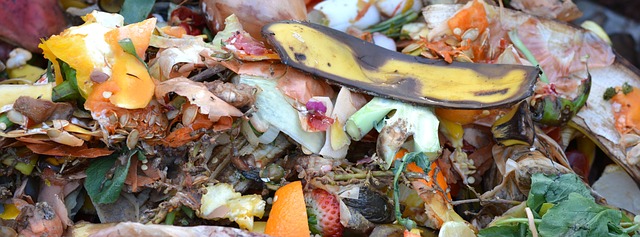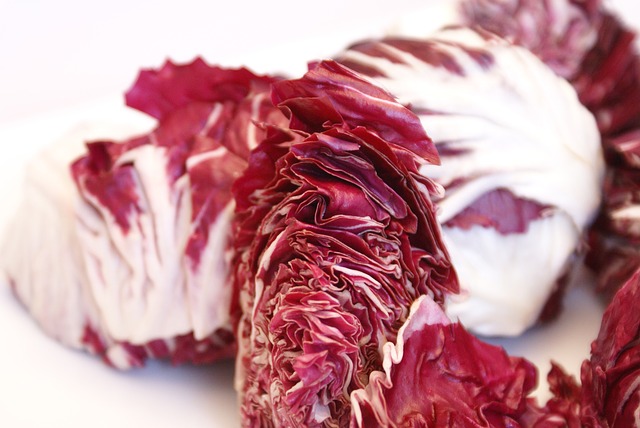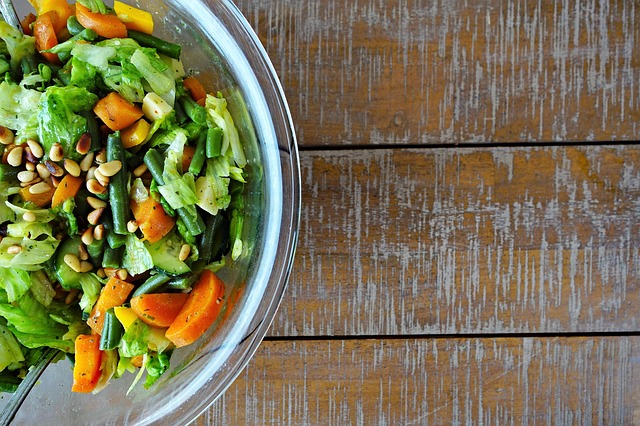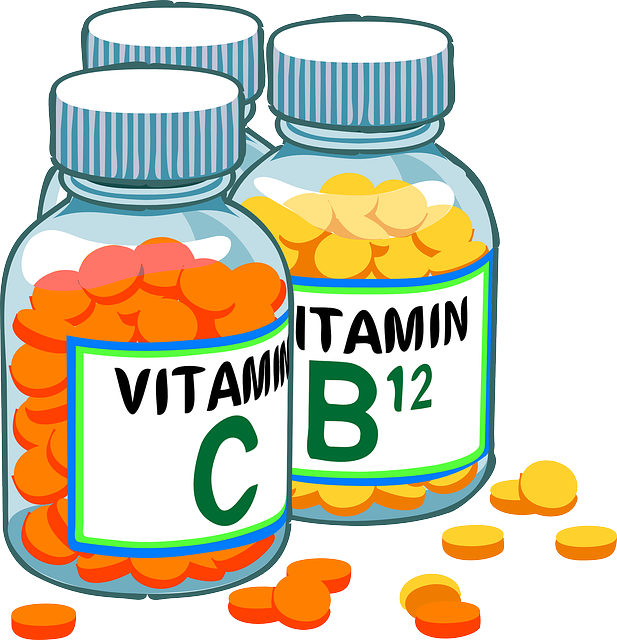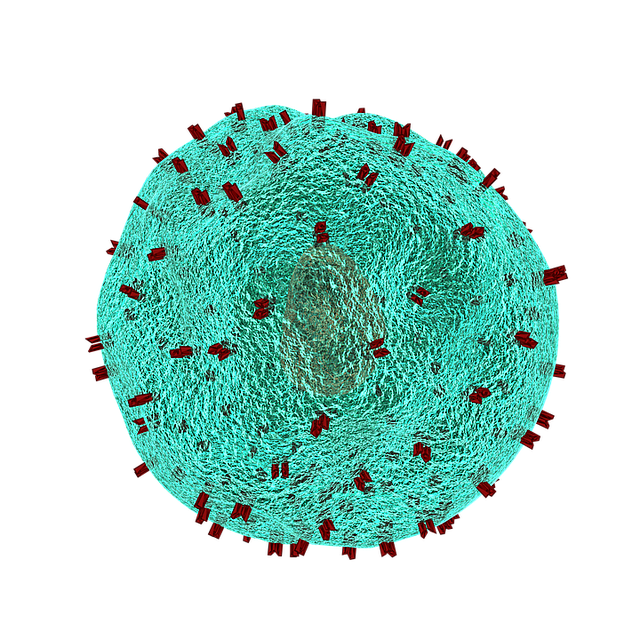Whey protein powder is most commonly associated with post workout routines but it has many benefits for cancer patients.
Nutrition
Whey is a protein derived from milk and contains powerful immune-enhancing nutrients such as lactoferrin, branched-chained amino acids and immunoglobulins. Whey protein is considered a complete protein containing all essential amino acids.
Glutathione
 Glutathione is one of the body’s most important free radical scavengers and very important for our mitochondrial health. Undenatured Whey protein improves the production and availability of glutathione primarily by the intracellular conversion of the amino acid cysteine to glutathione. This is significant for cancer patients undergoing chemotherapy as they have high levels of oxidative stress within their cells. The production of glutathione is important for reducing the toxic and damaging effects of chemotherapy.
Glutathione is one of the body’s most important free radical scavengers and very important for our mitochondrial health. Undenatured Whey protein improves the production and availability of glutathione primarily by the intracellular conversion of the amino acid cysteine to glutathione. This is significant for cancer patients undergoing chemotherapy as they have high levels of oxidative stress within their cells. The production of glutathione is important for reducing the toxic and damaging effects of chemotherapy.
In a different capacity, results from one study indicated that whey protein concentrate may deplete tumour cells of glutathione and render them more vulnerable to chemotherapy.
Recovery and Repair
Patients undergoing chemotherapy require high quality protein for recovery and repair as a result of treatment. Whey protein helps to reduce muscle loss and is a very absorbable form of protein.
Anti-Tumour Effect
Studies have shown that dietary supplementation of whey protein powder may exert an anti-tumour effect in some cancers.
How to Choose a Good Whey Protein Powder
 All whey protein powders are not created equal. There are factors that you need to consider when choosing a high-quality whey protein powder.
All whey protein powders are not created equal. There are factors that you need to consider when choosing a high-quality whey protein powder.
- The whey protein powder that you choose should come from organically-raised, grass-fed cow’s. This is to ensure that the whey is free of GMOs, pesticides and hormones.
- Ensure that the whey protein powder that you choose is cold processed. Heat destroys whey’s molecular structure.
- Your whey protein powder should be sweetened naturally and not with artificial flavour.
One final consideration is taste. Many companies offer trial sizes of their product. Take advantage of these and chose a product that you can enjoy!
References:
https://www.ncbi.nlm.nih.gov/pubmed/15253675
https://www.ncbi.nlm.nih.gov/pubmed/8669840
http://www.ncbi.nlm.nih.gov/pubmed/11205219
http://agris.fao.org/agris-search/search.do?recordID=BE1999001241
https://fitness.mercola.com/sites/fitness/archive/2016/06/10/benefits-of-whey-protein.aspx


